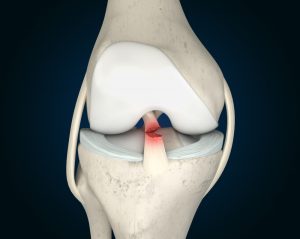A lot of our clients are getting ready for the London Marathon and it only seems fitting to talk about the challenges that you will have to overcome in order to be able to run 26.2 miles.
Is long distance running good for you?
Long distance running can be extremely stressful on our body. It can take its toll in numerous ways due to the heavy impact on our joints.
We focus on this blog as recently we had someone come in who completed the Great North Run. This is a half marathon and he mentioned he had done it every year for the last 20 years, an incredible achievement.
It highlights the fact that doing an event on that scale is not about a time. It’s about taking in the experience and the atmosphere and enjoying every second.
At least that’s my excuse when I break down at mile 12 and tell myself it’s not about the time.
What should I look out for when starting long distance running?
First thing is the knees. These take up a lot of load when you’re doing long distance running and if they’re not correctly aligned with the hips and the ankles, the weight is not going to evenly go through the joint.
It will cause the ligaments either side called the “collateral ligaments” to take up more strain, leaving them susceptible to damage and also the meniscus which is the fatty pads of cartilage in between the hip bone and the tibia can take up more stress.
Damaged meniscus is one of the most common types of knee pain that we see and very often can take a long time to heal. It’s important to ensure that you’re wearing the correct footwear. Ensure your knees are in the right position and you’re building the strength around them to give yourself support.
One of the best ways is loaded single leg squats to build the quadriceps and lateral knee stability. I also love stiff leg deadlifts to give hamstring support to the knee also.
The second area is the low back. The back will take up more stress. If you have a disc injury, then the back will be compromised. It’s important to get your lower back checked before beginning any long-distance running program. We see several marathon runners four months out before they start their intense training program to make sure they can go the distance. A lot of them now are getting to that 22, 23-mile mark where they’re at the max capacity before they start tapering down for the marathon in a few weeks’ time.
Things that help with the lower back would be core stability exercises such as a static plank, a bird dog or a dead bug exercise which we can find out more about here on YouTube. These provide deep pelvic floor contraction in order to take weight off of the discs and push it through the pelvis and the muscles surrounding that area.
Foot pain, overpronating the feet or flat feet cause problems in the foot. Very often this can lead to problems further up in the knees and the hips. It’s important to make sure that you’re aligned correctly and you’re wearing the right footwear.
Plantar fasciitis can develop and Achilles tendinitis from long distance running. So, make sure you stretch, roll, foot out and ensure your socks are not too tight.
If you want any help on how you can get prepared for some more long-distance running, please let us know. It’s not that everyone wants to do a marathon. Even just a 2K run, 5K run may be enough for you. So please let us know how we can help.
Book a free consultation with West Chiropractic Today >
Find our FAQs here >
What we treat at West Chiropractic:
Our chiropractic locations


